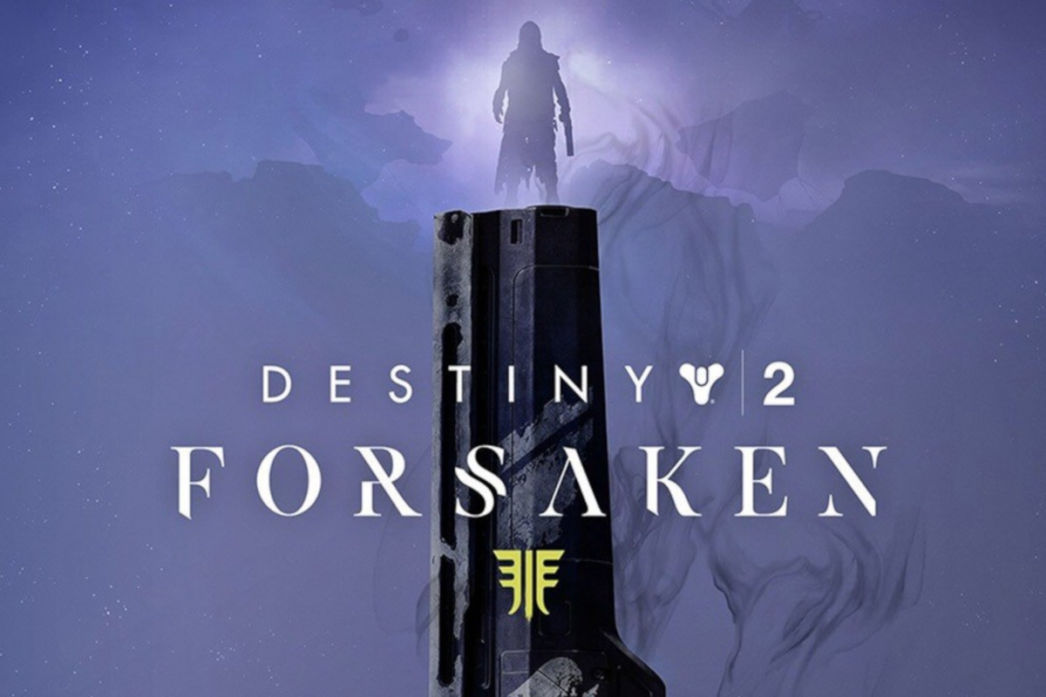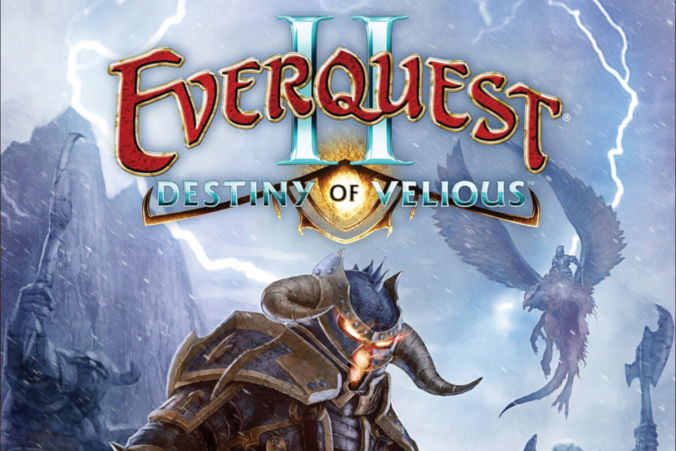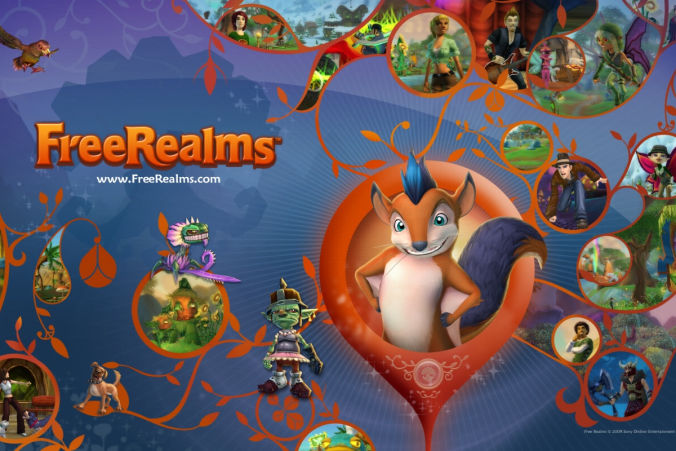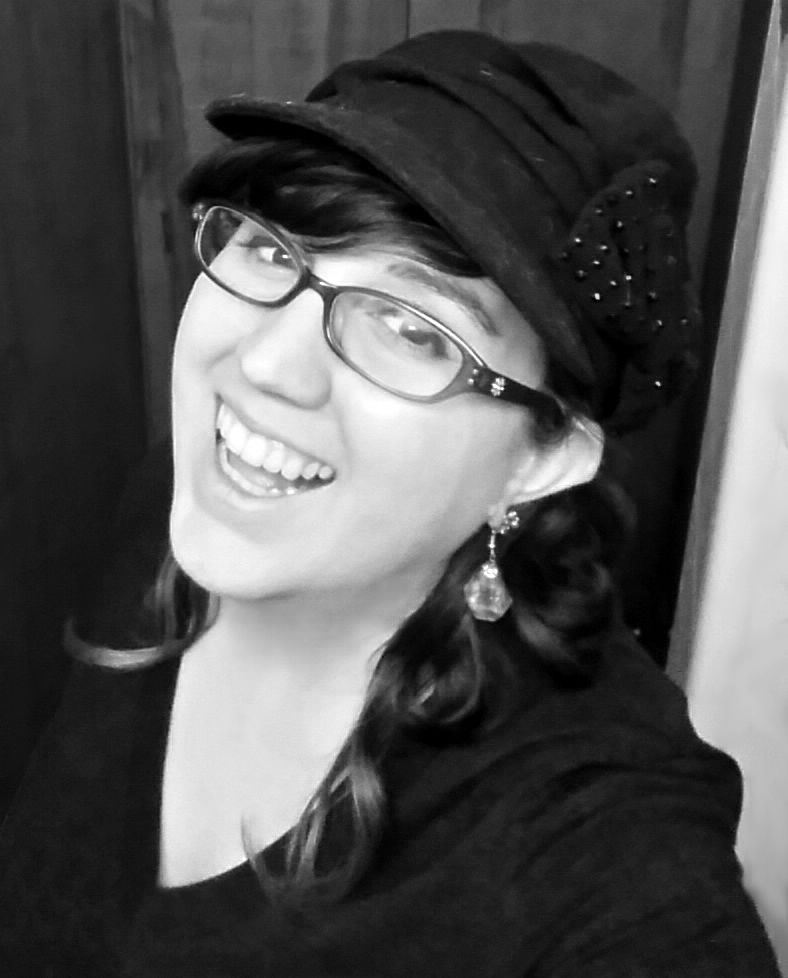
My main responsibility for Destiny 2 Forsaken was to design whole new levels and encounters. I started with paper sketches, then made them vectorized with document layouts and references. I whiteboxed those layouts, incorporated combat encounters, and iterated on both with frequent playtests. I improved upon basic encounters with scripting, adding vignettes and flavor.
Additionally, I prototyped new gameplay mechanics, improved NPC pathing by adjusting volumes and terrain, and optimized levels for better performance.
I was told often that I have a strength in environmental storytelling with my levels, and produced strong pacing with my gameplay. I have an attention for details, both in the game and on paper, and I setup and organize my work so that other designers can easily work on it without getting lost.

My work on WildStar was extensive, most notably my work on the scaling multiplayer Expeditions and Holiday combat instances and boss battles. Working in a small tight-knit team, we collaborated in brainstorming, documentation, implementation, scripting, and playtests. Analytics and player feedback showed we made some of the most played content.
The majority of my work was planning and creating basic quests using the in-house engine, placing combat populations and quest NPCs across whole zones, and scripting advanced quests, vignettes, events, and randomized repeatable content using in-house script.
My largest single responsibility was revamping the entire Settler Path system across-the-board; creating Excel sheets for resource balancing and how-to documents. Eventually, I became the go-to designer for all the Paths.

My work on EQ2 involved planning and creating basic quests using the in-house engine, scripting advanced quests and events using Lua script, and placing combat populations and quest NPCs across whole zones.
Additionally, I implemented the new Quest RoI System (Regions of Interest), by creating and connecting waypoints and area volumes to direct the player. I also helped to roll out the new Storyline UI by writing and threading together text in a cohesive way for completed main quests to tell a story.

My main responsibilities for Free Realms was to create combat encounters, both wandering and in multiplayer dungeons, and design new levels for instanced dungeons. I started with paper layouts, moving on to vectorize the layout, create detailed documents, sculpted the 3D levels, and populated the levels with combat encounters and pathing logic using the in-house engine.
Later, I helped design and implement future player classes, abilities, items, and equipment.

While attending the Art Institute, I was on the Dean's and Honor's list several times, and earned five Future Game Developer Awards in Game Prototyping, Advanced Game Prototyping, and Game Revisualization.
I was exposed to a wide array of theories and tools, collaborative projects, and a few amazing mentors to guild me into my new career.
I graduated with a Bachelors Degree of Science in Game Art & Design.
What kind of game designer am I?
I am the scholar, the cleric, the support class.
I love learning new skills, and sharing my exp with my fellows. I enjoy maxing out my levels, and trying new classes. Each new game I work on is a new opportunity to push beyond what I am today.
But mostly, I simply love making games, and enjoy the satisfaction of others having fun with what I've created.

Click Here to view the details of what work I did for Destiny 2 Forsaken.
Click Here to view the details of what work I did for WildStar.
I started out bug fixing many things. As time went on, I helped with the revamp of the starting area Darklight Wood, I made the cloud mount quest-line in Tenebrous Tangle, and helped with the birth of New Halas. I also created a lot of holiday content for various cities, most notably in New Halas. I also helped roll out the new ROI (Regions of Interest) system across several zones, for both new and old quests. It involved adding quest markers, waypoints, and area volumes for the map to show the player where to go to complete quests. I also helped with the new Storyline UI, especially in Velious and New Halas. It involved threading together text into a cohesive story as you completed main quests.
The part I am most proud of is the content I made for the Destiny of Velious expansion. I concepted, wrote, and implemented the entire Othmir experience, both on the ice, and on the shore. The player's positive feedback and love of that content is something I'll keep forever.
I worked on many aspects of the game. I made single combat encounters throughout the world. I designed and implemented entire dungeons with a team. I even utilized the map and terrain tools to sculpt and prop an instanced experience behind the Pixiewood Sign. Later I helped to create the soccer, fisherman, and race car driver classes, planning out the leveling experience and itemization for each.
I've worked using in-house visual programming for Free Realms, Lua for EQ2, used a Lua based in-house script for WildStar, and a Python based in-house script for Destiny 2. I've also done SQL database queries, and utilized some HTML5 and CSS3 for my website. While in school I scripted in Game Maker using GML, scripted in Python for group projects, and used Mel Script in Maya and MAXScript in 3D Studio Max.
All of the projects I've worked on had their own in-house tools not available outside the company. So I had to quickly get up to speed with multiple tools to do my job. In some cases, there were dozens of tools to learn and master. Thankfully, I learn very quickly, so I can get up to speed at any studio no matter what tool-set they are using.
In college, I used many different tools and systems including Unreal Engine 3, Game Maker, Flash, the Adobe Suite, the Microsoft Office Suite, Maya, 3D Studio Max, and more. After graduation, when such expensive tools were not available, I've utilized open source and free options including Inkscape, Gimp, OpenOffice/LibreOffice, Google Drive, Notepad++, SciTE, Love2D, Unreal Engine 4, Anki, and more. I've also worked in Windows, Linux, and Mac. When it comes to tools, I am extremely flexible.
On the design side, I am very good at quest and mission design, level design, encounter design, and I excel at environmental storytelling and non-verbal communication to players.
I am also an extremely organized person. I live by the checklist, and I utilize a granulation system to break down complicated tasks into smaller sizes to help me pace out my work and identify how long tasks might take.
As my mentor used to say, "Game design is primarily an act of communication." I take that to heart. I prefer to talk over tasks with others face-to-face, and send followup emails going over what was discussed. I have found collaboration and equal feedback can only happen if you speak to people directly.
As for my work structure, I always try to setup my files and scripts to be handed off to other designers for ease of use. I name my files clearly, leave notes in my scripts, list pertinent files, and even leave repro steps. (This is particularly useful for new designers who look at your work as an example on how to do a particular thing. It speeds up the onboarding for them.)
It is rare to exclusively work on content from beginning to end. As teams grow and shrink, or priorities shift, teams will need to be moved around. So when unfamiliar work is shifted to me, my first priorities are to familiarize myself and fill in the missing information. This will speed up the work flow for myself and others well down the line.
My goal in the game industry is not to work for a particular company or genre, but to simply 'make games'. I know that is broad. But I cannot pick just one thing about game design I love the most. Quest and mission design, lore design, level design, encounter design. I love it all! I love making it all.
This industry offers a satisfaction with my work that I wouldn't be able to find anywhere else. Each new title is a new opportunity to learn and grow. To hone my skills, and to create something new for others to enjoy. I love making games, very much. It gives me so much joy. And that joy only grows when I know there are players who are, at this moment, having fun with want I created.
I worked with several different programs such as the Adobe Suite, 3D Studio Max, Maya, Unreal Engine 3, Game Maker, and more. I worked on several game prototyping projects, both solo and collaboratively, creating design documents and simple and fast prototypes to show examples of play. I was on the Dean's and Honor's list several times and graduated with a Bachelor's Degree in Game Art and Design.
It's difficult to pick one favorite game, heck, I can't even pick a favorite genre, because so many have such great merit. But if I had to pick a few, they would have to be Pokemon, Monster Hunter, and Stardew Valley.
- - -
I've been playing every Pokemon RPG since Red and Blue (plus many side games), so I have a long history with this series. Pokemon is very intelligently designed so that the widest audience can enjoy it due to the layering of simple game mechanics and modes.
With the game's simplified: movement, Pokemon teams, battle options, and Pokemon moves - new players and even young children can grasp what to do easily. But these also present a strategic challenge for more hardcore players (like me) for which moves to choose, and which Pokemon to bring. What I especially love the is layered content such as hunting shinies, IV breeding, battling and trading with friends, growing berries, getting legendaries, and of course, catching them all.
Pokemon is a fantastic example of simple mechanics weaved in a very specific way to make an extremely deep and wide game that is accessible to a massively broad audience.
- - -
I've been playing Monster Hunter since Freedom 2 on the PSP, and it's a rewarding but difficult action-adventure series.
This skill-based game requires me to familiarize myself with each monster, to keep my eye directly on them, looking for 'tells' for when to dodge and when to strike. No health bars, text, or symbols will show this, only the sounds, VFX, and animations of the monsters themselves. This keeps me well immersed in the game-world due to the minimal combat UI. Another big appeal is the multiplayer. When I'm in full groups of four, I feel like all my actions count, and with multiple weapons to choose from, I can shift roles easily. The victory to come is all the sweeter because of the teamwork and challenge.
There's so much to say about Monster Hunter, but perhaps Ryozo Tsujimoto said it best himself: "If there's a quest you can't clear right away in Monster Hunter, you can change up your tactics and strategize - change your weapon or armor set, bring different items with you, try a new battle tactic, or come to an understanding of the monsters' movements so you can effectively deal with it. In the end, your technique as a hunter is the ultimate deciding factor."
- - -
Farm life simulation games are also a favorite (I've been playing since Harvest Moon 2 GBC), but Stardew Valley is exceptionally great. This game is very addictive and for good reason. It establishes short-term and long-term goals in a tiered manner so there is always something to work towards without being overwhelmed. It has a positive feedback loop with high variation so that I have many avenues to explore, but all of them lead to progression. It utilizes in-game daily, seasonal, and annual events to break the monotony. It also does a good job of balancing the resources of time and energy in a day, as well as restoring energy without becoming game breaking. It is a wonderful game to sit back, unwind and "get away from it all" while still feeling productive.
- - -
A few other games and series of note that I really enjoy are (in no particular order): Don't Starve, Half-Life, Portal, Banished, Castlevania, Ori, Odin's Sphere, Zelda, The Sims, Disgaea, Minecraft, Final Fantasy, Warcraft, Diablo, Destiny, DDR, Taiko, and many, many others.
By sheer luck, and a bit of talent. I was in the right place at the right time for the right reasons. Firstly, I had a love for gaming and a high interest in computers from an early age. This drove me to attend college to study game design, theory, and scripting. I had a wonderful mentor there who was a veteran of the industry who taught me all he knew, and he knew a lot. While still in school, I started work at an indie board game company called Victory Point Games, where I learned firsthand about production, pipelines, and the value of frequent playtesting and feedback.
Utilizing networking techniques after graduation, I came to know a person who introduced me to someone at SOE. They liked my portfolio and invited me to have a tour of the facilities and meet some of the designers. I showed them my work and we chatted. The next thing I knew, I got a phone call and was offered a job as a designer for Free Realms. I've been in the industry for over ten years now.
Some of you might be wondering, why "KimbyChu"? Why not just "Kim Wood"? The fact is that there appears to be a million and one "Kim Wood"s out there in the big wide world. (My alter-egos are doctors, laywers, other types of designers, even olympic figure skaters. It's a pretty common name.)
And so I was forced to create a new, alternative brand identity to stand out in the crowd. I did not give myself this name; rather I was dubbed "KimbyChu" by a friend of mine whom I hold dear and close to my heart.
I was born and raised in California, doodled early in life and started studying art and painting more seriously in junior high. In high school, I started taking classes for 3D computer modeling, texturing and rendering using POV-Ray, TrueSpace, LightWave, making 2D animations using Toon Boom, and film editing and compositing using Windows Movie Maker, and Lightworks. I graduated High School in 2003 with Honors and the Medallion Award.
That summer I enrolled in The Art Institute of California - Orange County, where my focus shifted from art to game theory, design, and scripting. I worked in Maya, 3D Max, the Adobe Suite, Unreal Engine 3, Game Maker, and more. I studied and worked simultaneously and graduated Summer 2008 with a Bachelor's Degree of Science in Game Art and Design.
During my graduation process, I was lucky enough to have a mentor who knew someone at Sony Online Entertainment. They looked at my game design portfolio and invited me to the SOE facilities for a tour and to meet some of the designers. We had an informal interview and I showed my portfolio to the designers I met. A few days later I received a phone call offering me a job at SOE as a game designer for the MMO Free Realms. I happily worked on Free Realms with teams from all over SOE for nearly a year's time. They must have liked my moxie, because I was requested by the EverQuest II team to join their forces when they were done helping launch Free Realms. I worked on two expansions and several patches.
After working with Sony for a few years, I heard about a new opportunity at Carbine Studios. I applied, was interviewed, and hired shortly after. I was happily working on the MMO called WildStar Online for five years working on a large array of content both with tight-knit teams and solo. The work was very satisfying.
Then when work was done with WildStar, I went to work for High Moon Studios to make the Destiny 2 Forsaken expansion. Shifting from MMOs to FPS was exciting, and level designing was extremely enjoyable. I miss my work and all my friends from Sony, Carbine, and High Moon. I really do love making games, and I hope to work with them again in the future.